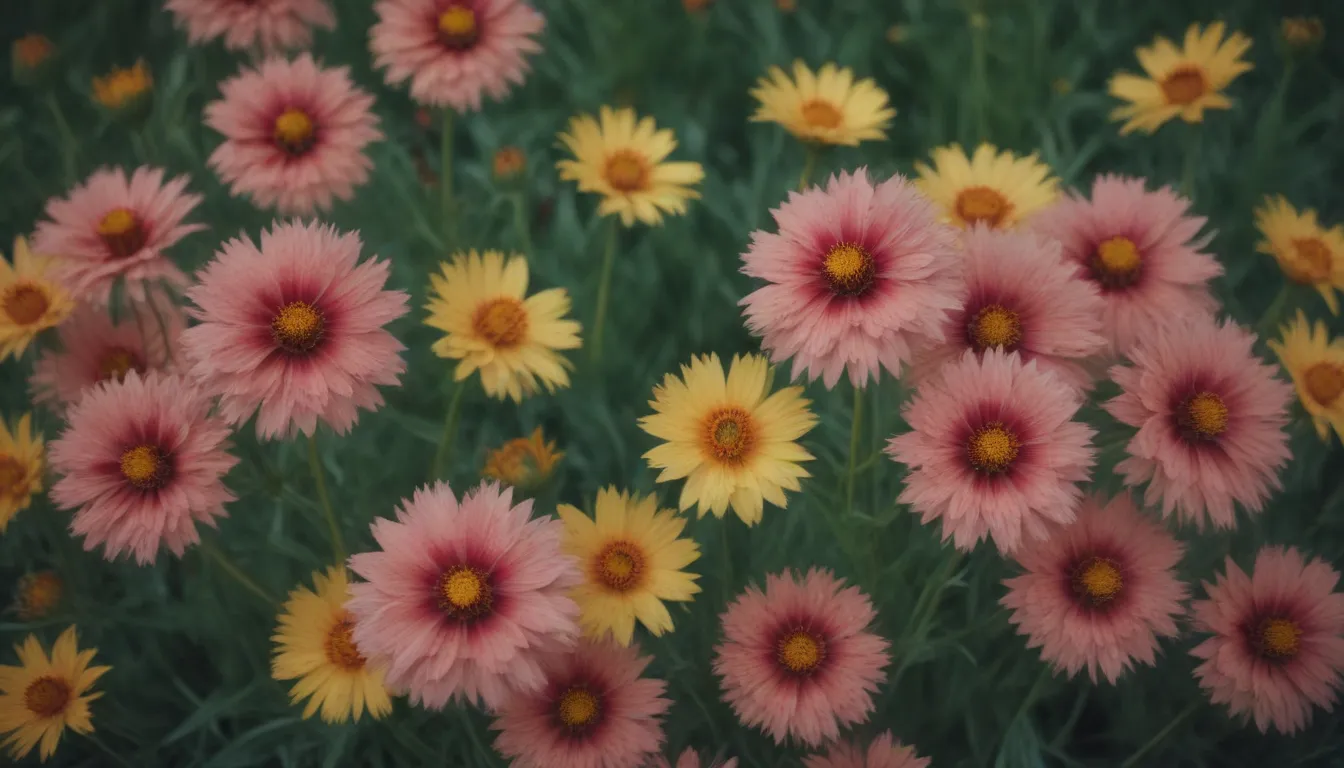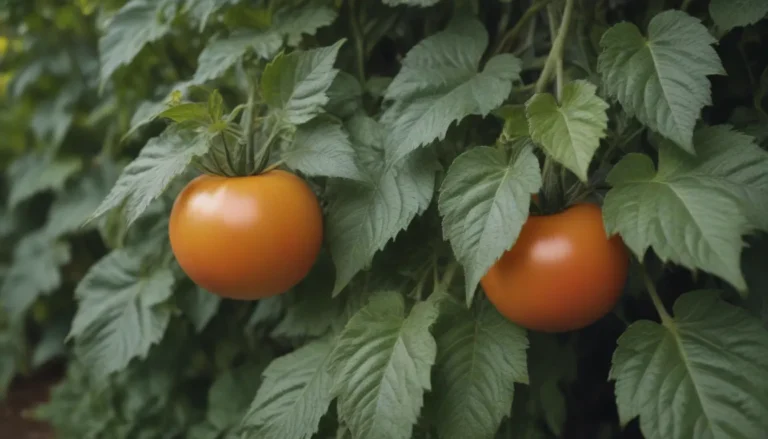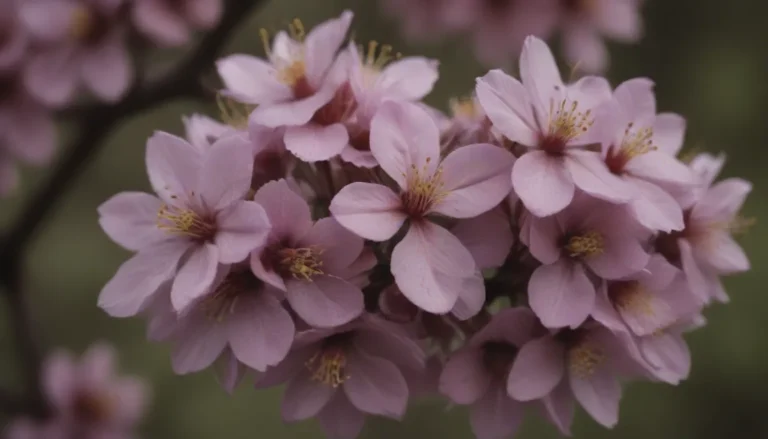Mastering Coreopsis: A Comprehensive Guide to Eight Varieties for Your Flower Garden

Coreopsis, known as tickseed, is a diverse group of flowering perennials native to North America, Central America, and South America. With up to 80 species, coreopsis offers a wide range of options for gardeners looking to add color and vibrancy to their flower beds. From the classic yellow blooms to more unique varieties, coreopsis is a versatile plant that can thrive in various conditions.
Understanding Coreopsis: A Brief Overview
Before diving into the specific varieties of coreopsis, let’s take a closer look at this beloved plant. Here are some key points to keep in mind:
- Coreopsis belongs to the Aster family and is known for its daisy-like flowers.
- The plant is easy to grow and adapts well to different soil types and climates.
- Coreopsis can be grown from seed, division, or self-seeding, making it a low-maintenance option for both novice and experienced gardeners.
With a basic understanding of coreopsis, let’s explore eight varieties that you can consider adding to your flower garden.
1. Large-Flowered Tickseed (Coreopsis grandiflora)
Large-flowered tickseed, also known as Coreopsis grandiflora, is a classic choice for gardeners looking for bright yellow blooms. Here are some key features of this variety:
- Native Area: North America
- USDA Growing Zones:
- Height:
- Sun Exposure: Full sun
Large-flowered tickseed is known for its reliability, ease of growth, and versatility. Whether you’re a beginner or a seasoned gardener, this variety is a popular option that can thrive in a variety of soil conditions. Remember to deadhead the plants to prevent self-seeding if desired.
2. Heliot (Coreopsis grandiflora ‘Heliot’)
If you’re looking for a compact and tight variety of coreopsis, consider Heliot. Here are some key points about this cultivar:
- Native Area:
- USDA Growing Zones:
- Height:
- Sun Exposure:
Heliot is a Fleuroselect Gold Medal winner with single flowers and a burgundy ring around the center disk. This variety blooms from early summer to frost and is suitable for smaller gardens or containers.
3. Rising Sun (Coreopsis grandiflora ‘Rising Sun’)
Rising Sun is another award-winning variety of coreopsis that offers unique features. Here’s what you need to know about this cultivar:
- Native Area:
- USDA Growing Zones:
- Height:
- Sun Exposure:
Rising Sun stands out for its early blooming period and semi-double, fringed golden flowers with a red dot at the base of each petal. This variety is a good choice for drought-prone areas and requires minimal maintenance once established.
4. Lanceleaf (Coreopsis lanceolata)
For a foolproof and low-maintenance option, consider the lanceleaf coreopsis. Here are some key aspects of this North American native:
- Native Area:
- USDA Growing Zones:
- Height:
- Sun Exposure:
Lanceleaf coreopsis is known for its deep yellow flowers and carefree nature. With a wildflower look that complements cottage-style gardens, this variety is a great choice for sunny spots in your garden.
5. Moonbeam Threadleaf (Coreopsis verticillata ‘Moonbeam’)
Moonbeam threadleaf coreopsis is a popular choice for its buttery yellow flowers and delicate foliage. Here are some details about this sought-after cultivar:
- Native Area:
- USDA Growing Zones:
- Height:
- Sun Exposure:
Moonbeam blooms from midsummer into fall and thrives in low-water conditions. While it may not be as long-lived as other varieties, its beauty makes it a worthwhile addition to any garden.
6. Golden Showers (Coreopsis verticillata ‘Golden Showers’)
With its profusion of golden yellow flowers, Golden Showers is a standout variety of threadleaf coreopsis. Here are some highlights of this cultivar:
- Native Area:
- USDA Growing Zones:
- Height:
- Sun Exposure:
Golden Showers tolerates hot, dry weather and is a great option for xeriscape gardens. This variety forms a nice-sized clump and maintains strong flower stems throughout the season.
7. Pink Coreopsis (Coreopsis rosea)
Coreopsis rosea offers a unique twist with its pink flowers, standing out from the traditional yellow blooms. Here are some key points about this variety:
- Native Area:
- USDA Growing Zones:
- Height:
- Sun Exposure:
Pink coreopsis requires consistently moist soil and is best suited for regions with cooler summers. This variety adds a pop of color to your garden and attracts pollinators with its daisy-like flowers.
8. Limerock Ruby (Coreopsis ‘Limerock Ruby’)
Limerock Ruby is an eye-catching hybrid that combines the best features of C. rosea and C. verticillata. Here are some details about this striking cultivar:
- Native Area:
- USDA Growing Zones:
- Height:
- Sun Exposure:
Limerock Ruby boasts red flowers with orange centers and is a great option for gardeners looking to add a pop of color to their landscapes. While it may not be as cold-tolerant as other varieties, it can thrive in the right conditions.
Final Thoughts
With a diverse range of coreopsis varieties available, there’s a perfect option for every garden. Whether you prefer traditional yellow blooms or unique colored flowers, coreopsis offers something for every gardener. Remember to choose varieties that are well-suited to your climate and soil conditions for the best results.
So, why not add some coreopsis to your flower garden and enjoy the beauty of these versatile plants throughout the growing season? Happy gardening!





